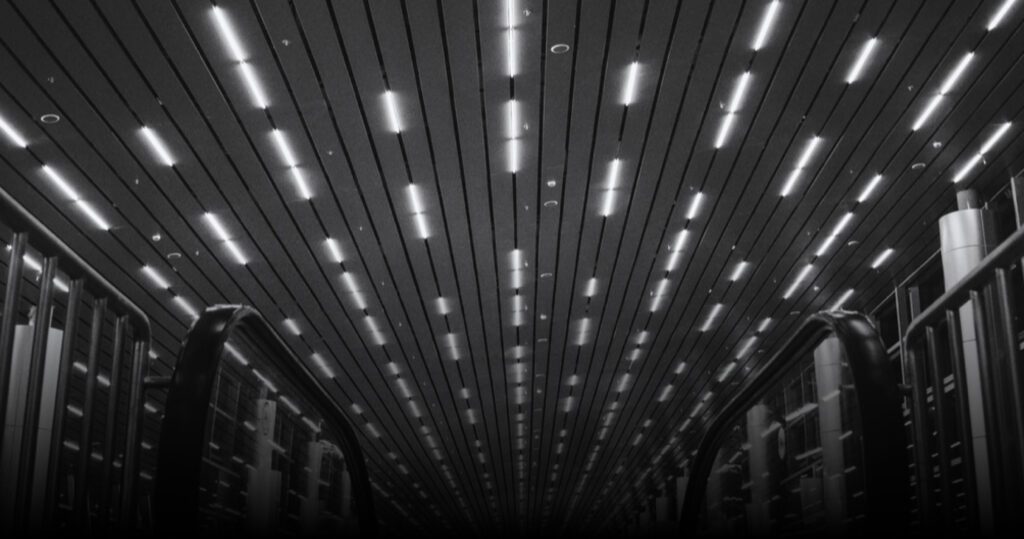EU ban on fluorescent lighting – your responsibility as a property owner
Following the ban on fluorescent tubes and lamps within the European Union, it is important to be aware that simply replacing the lamps is not always enough.
Under the Restriction of Hazardous Substances (RoHS) Directive, it is now forbidden to produce or import fluorescent tubes and lamps inside the EU.
You can read more about the reasons why here: EU Ban on Fluorescent Lighting – Are You Prepared?
But are you familiar with the safety aspects of replacing old bulbs and with whom the responsibility lies to ensure regulations are still being met?
Electrical safety and responsibility
Safe electrical solutions are of course of great importance when new solutions are being produced to meet demand for the phase-out of fluorescent lighting.
There is a responsibility however that property owners have when replacing the soon to be banned lights about which they may not be aware.
Replacing the old bulbs with new LED lamps
In many cases there are LED replacements or retrofits. This type of replacement is acceptable as long as the light source fulfils the same requirements as the light source it is replacing.
Note that for different applications property owners need to ensure that the light quality is as required since there are differences between conventional tubes and LED tubes.
Redesign of existing fittings
Where existing fittings are redesigned with LED 230V tubes or LED tubes with an external driver, the fitting’s CE certificate is voided. This means it is the property owner’s responsibility, in both cases, to get the extra documentation required for continued CE certification.
Redesign kit from OEM
Here meeting certification standards is the responsibility of the manufacturer of the redesign kit.
If the manufacturer of the redesign kit tests the existing fitting, documents and leaves instructions for the redesign, then the fitting is newly CE certified.
Wireless lighting control = even lower energy costs
Swapping to LED lights is a clear energy-saving strategy, but you can enjoy the benefits of even greater cost reductions with wireless lighting control.
This technology replaces the cable by converting a wired installation into a smart wireless network and adding full wireless control.
The benefits of wireless lighting control
This means buildings can upgrade old, manual on/off lighting to a smarter form of lighting, the strength of which can be set according to their needs. Since this can all be done without having additional cables installed, this avoids any disruption to the business and provides an even more efficient way of managing energy consumption.



